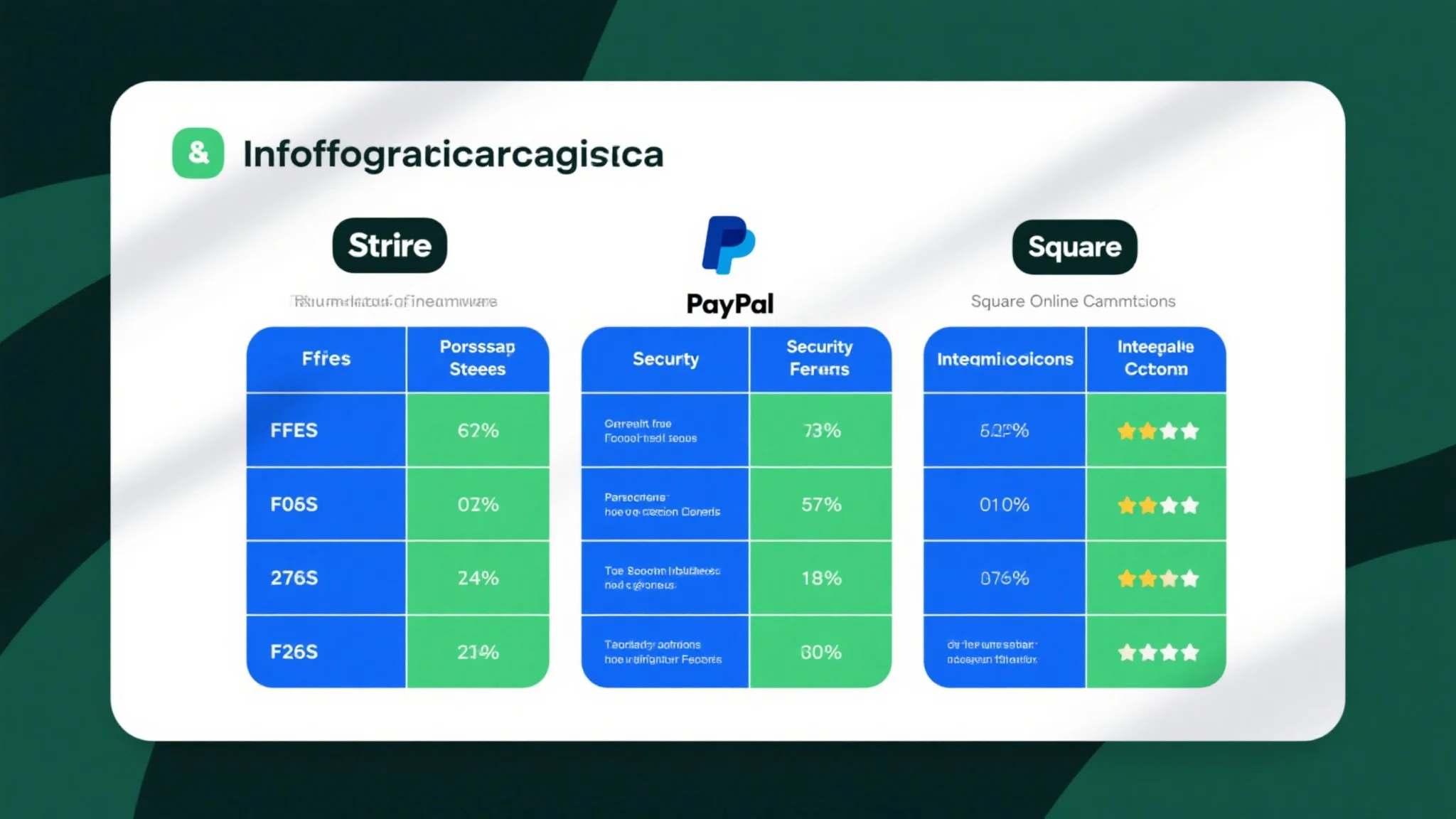Understanding Debt and Equity Financing
In the world of investment banking, financing is the lifeblood that fuels business growth and expansion. Two of the most common financing methods are debt and equity financing. While both aim to raise capital, they differ significantly in how they work, their risks, and their impacts on a company’s financial structure.

Debt Financing: Borrowing Money with Obligations
Debt financing involves borrowing money from external sources, such as banks, institutional investors, or bondholders, with the promise of repayment over a specified period. This type of financing creates a debt obligation, meaning the company is legally required to repay the loan, including interest, regardless of its financial performance.
One of the key advantages of debt financing is its flexibility. Companies can choose from various debt instruments, such as term loans, revolving credit facilities, or bonds, each with its own terms and conditions. Debt financing also offers tax benefits, as interest payments on debt are often tax-deductible, reducing a company’s taxable income.
However, debt financing comes with its own set of challenges. The primary disadvantage is the obligation to repay the debt, even during tough financial times. This can put pressure on a company’s cash flow, especially if it struggles to generate sufficient revenue. Additionally, excessive debt can lead to financial instability, as high levels of leverage increase the risk of default.
In investment banking deals, debt financing is commonly used for mergers and acquisitions (M



